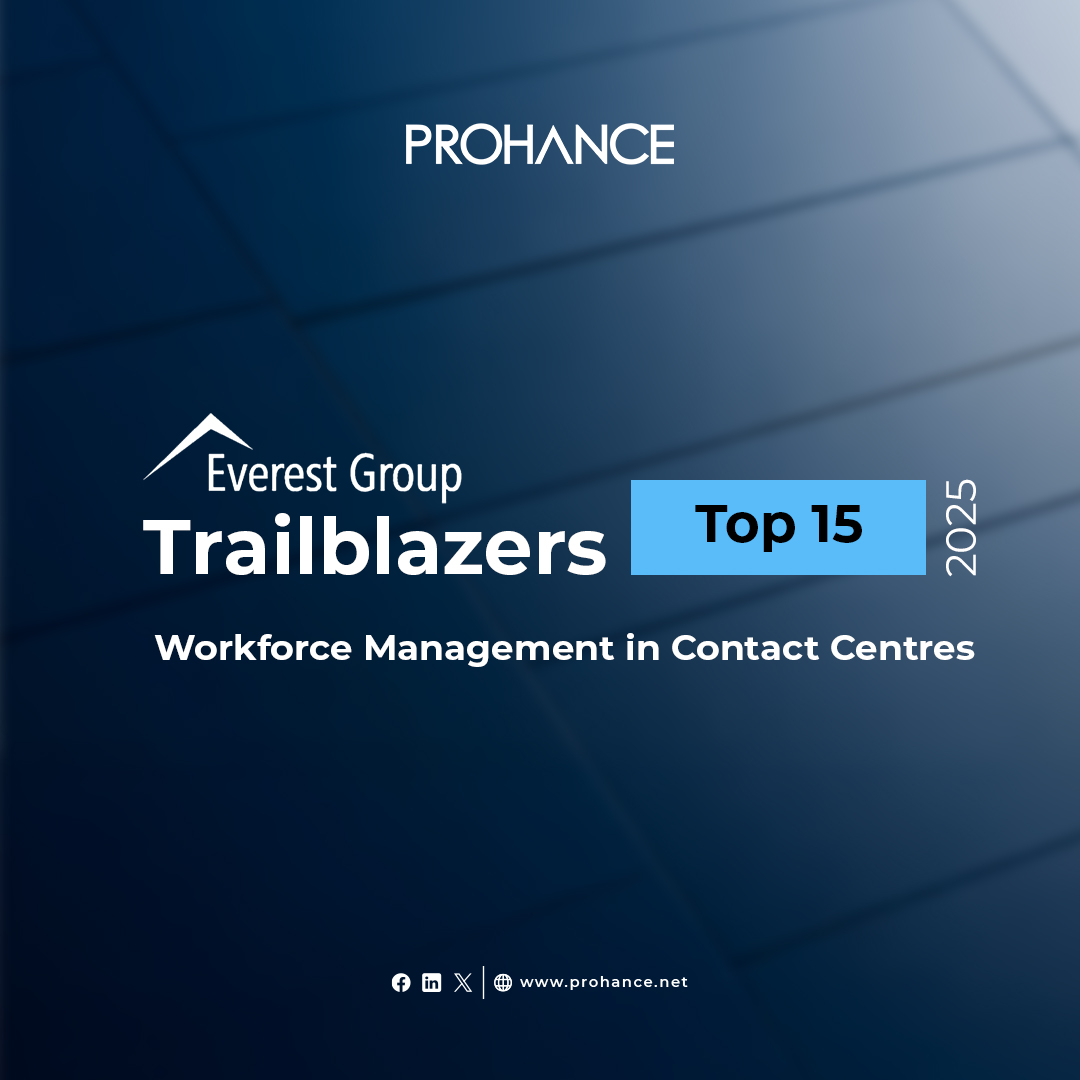Methods to Measure Employee Productivity in the IT Industry
Table of contents
- Why Do You Need to Measure Employee Productivity?
- Why Is Traditional Productivity Monitoring Not Enough?
- How to Measure Employee Productivity in the IT Industry?
- 5 Tips on Improving Employee Productivity in the IT Industry
- ProHance Case Studies: Insights from our IT Customers
- Conclusion
- Frequently Asked Question
Employee productivity measurement is of paramount importance for organizations with aspirations of achieving success. It has, however, become a primary concern to know ‘how’ productivity can be gauged or managed especially with teams being predominantly remote or hybrid. The question however is how is employee productivity in IT departments measured.
In this blog measuring employee productivity among IT professionals, productivity measurement issues in traditional senses, and finally some recommendations for improving productivity with ProHance are elaborated.
Why Do You Need to Measure Employee Productivity?
Employees’ productivity is an index, a measure that can be increased and utilized towards the goals of business expansion, growth and profitability. Several studies indicate:
- Employees who are actively engaged are 41% less likely to be absent or disengaged. These employees have a turnover rate of only 59%.
- 31% of the time in a day, employees are productive, and hence, there is a lot of scope for improvement.
- The annual cost of lost productivity per employee is approximately $1,967.
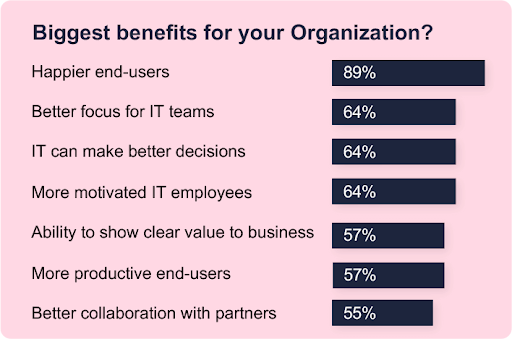
Productivity losses are caused by work-related interruptions. But tracking such productivity allows organizations to seek solutions, eliminate all challenges faced, and minimize costs incurred as a result of unproductive habits.
Why Is Traditional Productivity Monitoring Not Enough?
In relation to the IT industry, it is fair to say that regular monitoring of productivity is inadequate. For example, the number of hours devoted to coding or testing bugs, or even emails written are all poor indicators of day-to-day productivity.
Some important disadvantages of the traditional approach are:
- It does not emphasize the quality or outcome of work – rather, the total amount of completed work.
- This often leads to micromanagement, which is bad for interpersonal relations
- It is based on efforts in hours and solely effort – not targets accomplished (this is usually the case with most activity-based KPIs).
Rather, a set of more effective techniques should be introduced that would solve the goal of measuring productivity in a more comprehensive way and also tackle issues that are associated with the modern function of the workplace, e.g. distractions in working from home, workplace exhaustion, stress level, etc.
How to Measure Employee Productivity in the IT Industry?
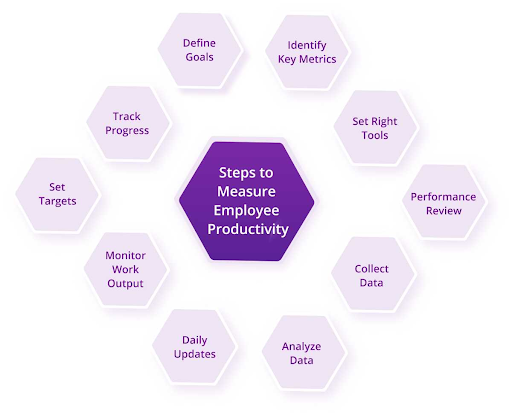
IT firms should utilize practical strategies that are both technologically and behaviorally oriented towards measuring employee productivity. Here’s a list of five strategies to measure employee productivity in IT industry:
- Identify and Provide Employees with Clear Targets
- Enhance Operational Efficiency in the IT Sector
- Use Gamification in Work Processes
- Look at Results in Real Time and Practical Context
- Using Both Quantitative and Qualitative Metrics Approach Practice
Identify and Provide Employees with Clear Targets
Have KPIs that relate to the different roles. For example, for developers, KPIs should be:
- The total number of lines of code acceptable for inclusion in the project,
- the total number of bugs that are allowed and
- the total number of features included in the project.
For QA testers: The overall quantity of performed test cases or defect detection metric are ideal for measuring productivity.
Enhance Operational Efficiency in the IT Sector
Modern tools such as ProHance enable organizations to get actionable insights in relation to the productivity of their IT workforce. Such tools assist in:
- Organizing and working on the time allocation for the different tasks
- Studying activities to look for any chances of optimization
- Measuring and monitoring mean values and trends in productivity through time, and on individual and team level
Use Gamification in Work Processes
Gamification makes processes fun and the end result is increased attention and overall productivity– 89% of employees claim it does boost productivity.
Leaderboards, achievement, and other similar rewards influence employees to perform better and increase their work rates.
Look at Results in Real Time and Practical Context
Reviews or feedback are vital as employees can help in focusing on corporate goals more and accomplish more by cultivating the weak areas.
Using Both Quantitative and Qualitative Metrics Approach Practice
Apart from numbers, creativity, efforts towards problem-solving, or even the spirit of teamwork should also be exhibited by every IT worker so that they measure the overall output.
5 Tips on Improving Employee Productivity in the IT Industry
Here are five tips you can use to increase employee productivity:
- Reduce the Effects of External Factors
- Cut Down on Unnecessary Meetings
- Promote Flexible or Remote Work Options
- Dealing with Burnout
- Provide Skill Enhancement Opportunities
Reduce the Effects of External Factors
The use of social platforms during work hours has 47% of employees engaging actively. Use of focus tools and putting policies in place can deal with this issue.
Cut Down on Unnecessary Meetings
A staggering 70% of employees believe that fewer meetings will enable them to be more productive than before. So, scheduling only important meetings is vital.
Promote Flexible or Remote Work Options
Remote staff are 52% less likely than their office counterparts to apply for sick leaves and exhibit better levels of job satisfaction.
Dealing with Burnout
With 21% of remote workers experiencing burnout, wellbeing and stress-management initiatives become crucial for productivity maintenance in the organization.
Provide Skill Enhancement Opportunities
Employees should be provided with sufficient training so that their productivity and industry relevance are both satisfied.
ProHance Case Studies: Insights from our IT Customers
Case Study: Softsages
Challenges
- Tracking advisory and productive activities for employees
- Management of work time patterns concerning the use of available resources
- Manual reporting and poor visibility of employees’ performance
- Lack of work time measurement makes it difficult to evaluate productivity and manage capacity in the absence of time spent on breaks and meetings.
How ProHance Helped?
Work Time Module:
- Reports provide logged hours,Time on the System and Time away from the System. All these time metrics have real time reporting.
- Providing information on general activities, attendance, resource utilization and workload in a real-time environment.
ProHance Dashboard Report:
- Allows team managers/leads to track time spent on and off the system by users.
- Keeps track of activities such as breaks and meetings when out of the system.
- Issues report to users concerning their time usage.
Current Activity Report:
- Enables team managers and leads to viewing the current level and activities of users in real-time.
Value Created
- In the span of May to September, there was a jump in productive hours by 25.21%.
- ProHance records multiple time metrics and helps understand productivity and efficiency through automated dashboard reports.
- Employees take ownership of their time usage as everything is traced, which enhances performance and work output.
- ProHance has been very useful in the context of remote working.
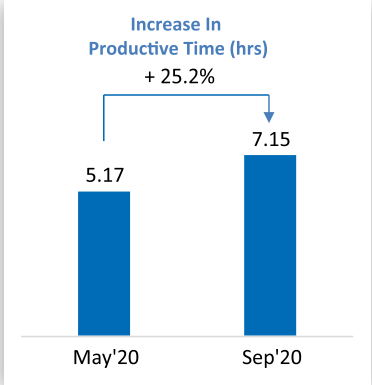
Case Study: Leading IT Services Company
Challenges
- Inefficiencies in daily production tasks.
- Difficulty in setting baselines and measuring the patterns of work.
- Less than optimal productivity levels.
- Unproductive routine operational processes
How ProHance Helped?
- The ProHance team collected and baselined time spent on different activities, classifying them as:
- Value-added
- Non-value-added
- Incidental activities
- Education and active reporting helped to bring down the non-value-added activities and incidental activities to a great extent.
- ProHance’s Worktime module mapped application usage and identified work allocation patterns. This allowed the workforce planning team to better plan for resources.
Value Created
- Project Utilization was increased by 28% over a 6-month period.
- There was a boost of 24% on the available effort due to ProHance lean reporting.
- ProHance was instrumental in establishing the formulation of organizational benchmarks and targets.
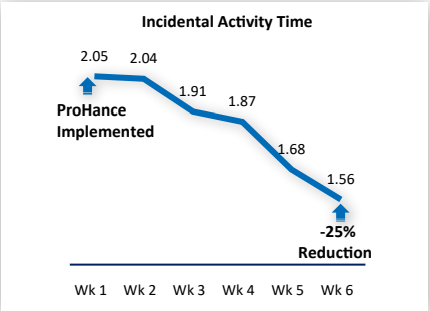
Also Read: How to Boost Employee Productivity and the Best Way to Improve It
Conclusion
It is well understood that measuring and managing productivity in the IT industry is a complex, yet a highly rewarding task. Advanced productivity software, clear goal setting and the right kind of work culture would go a long way in ensuring that their teams flourish in a challenging environment.
Frequently Asked Question
Q1. Why do you need IT industry productivity tools?
Operational productivity tools enable businesses to manage workflows effectively and eliminate unnecessary activities, which generally promotes employees’ overall engagement and satisfaction.
Q2. What are IT industry productivity tools?
These include any applications that help to optimize processes including ProHance software which tracks time, map out bottlenecks and suggest analytics to enhance team performance.
Q3. What are the methods of measuring employee productivity?
Some of the common techniques are setting key performance indicators (KPIs), the usage of productivity tools, gamification of work and continuous feedback.






